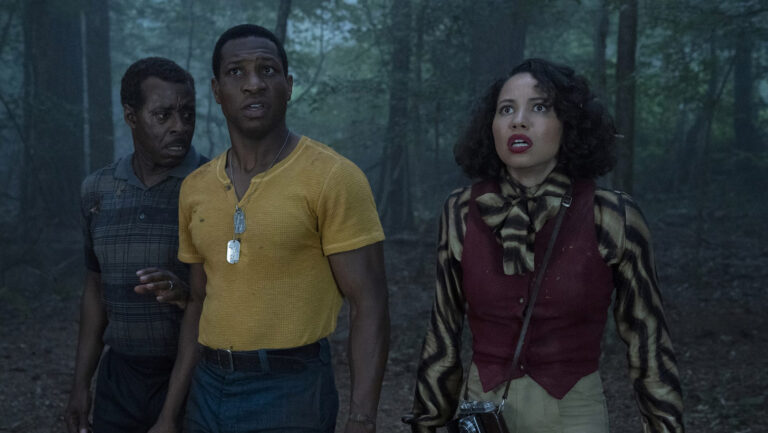End of the Century, the DIY documentary on the enduring legacy of The Ramones, begins and ends at the 2002 induction ceremony welcoming The Ramones into the Rock and Roll Hall of Fame. The ceremony took place shortly after Joey Ramone's death and was a bittersweet vindication for the years of anonymity the band suffered. To this day, musicians and rock critics alike seem baffled by the band's rather minor cult status. The absolute godfathers of today's pop punk sound, The Ramones are the band everyone says should have been superstars. They never were, cranking out a string of well-regarded albums that somehow managed to dodge commercial success.
Filmmakers Jim Fields & Michael Gramaglia cut and paste a dizzying array of archival images, performance footage and modern-day interviews into an energetic, atmospheric portrait of this groundbreaking group. The surviving members of the band are all interviewed separately. (Their appearance at the Hall of Fame seems to be orchestrated under duress.) Joey is included in a few interview snippets recorded shortly before his death. The history is all there: four high school misfits from Queens drawn together by their mutual love for Iggy Pop. From the start, the boys had little in common: Joey was the frail artistic type, Johnny was the conservative Nixon supporter, Dee Dee was the hard-living junkie, Tommy was the levelheaded engineer. But the boys' teenage boredom and passion for loud music bonded them.
The biggest insight in the film comes not from the band, who–like most musicians–were simply banging out tunes they thought were cool. It is the musicians they influenced that best put the band's legacy into perspective. Listening to Clash guru Joe Strummer speak worshipfully about sneaking into the band's legendary London performance is eye-opening. Strummer's subsequent band, obviously, went on to eclipse any fame that The Ramones had. Still, listening to The Clash's first single, “White Riot,” today sounds like a virtual Ramones tribute song. Other musical guests offering their appreciation include Glen Matlock from The Sex Pistols, Lars Fredriksen from Rancid, Captain Sensible from The Damned, Thurston Moore from Sonic Youth and Rob Zombie. Chris Stein and Debbie Harry from Blondie (who were close friends of The Ramones) seem a bit underused, but the lengthy film (110 minutes) certainly doesn't suffer from a lack of content.
Early 8mm and video recordings capture the musical fire of the early CBGB's days in New York. The quality on many of these early recordings is crap, but it actually fits in quite well with the whole punk aesthetic. (“Punk rock is about taking something horrible and finding the beauty in it,” says one of the interviewees.) What is most surprising about these early recordings is how polished the band was. From day one, their look and sound was firmly established.
The band's infamous internal feuds are all touched upon. Surprisingly, many of these issues still act like raw nerves among the band members. Johnny's marriage to Joey's ex-girlfriend (the two are still together) seems to have haunted the singer to his grave. Johnny, for his part, seems oblivious. Dee Dee, well separated from any of the other members, still refuses to talk about “the incident.” Friends, managers and casual observers piece the story together, however, painting a portrait of Joey as a wounded romantic who channeled his surprisingly gentle voice into the band's many twisted love songs. (Was “The KKK Took My Baby Away” a none-too-gentle stab at Johnny?)
In the end, though, it is the amazing musical unity of this band that strikes audiences. Even when they hated one another, they seemed to have little choice but to stick together, banging out three-chord rock 'n' roll. They were united under the single familial banner of “The Ramones,” and it was that unstoppable musical force that outlived them all.



